12 Solo Hiking Tips Every Woman Should Know Before They Hit The Trail
I’ve been on hikes alone before and thought to myself, “What if I break my leg out here, and no one else comes along the trail, and there’s no cell reception?” I have a real talent for dreaming up worse-case scenarios (thanks, anxiety!). Thankfully, there’s a lot you can do to safeguard yourself when hiking solo.
Hiking alone on public trails is actually pretty safe for women—much safer even than walking around some big-city neighborhoods. Sure, there are some risks, like encountering the occasional creepy person or wildlife, but overall, trails are designed to be welcoming and secure.
Going solo means setting your desired pace and enjoying nature on your own terms. My favorite part of hiking by myself is the peace and fulfillment I get from clearing my head and getting away from the demands of work. Besides following general hiking etiquette, here are other essential tips for women who want to hike solo.
Take Some Training Courses
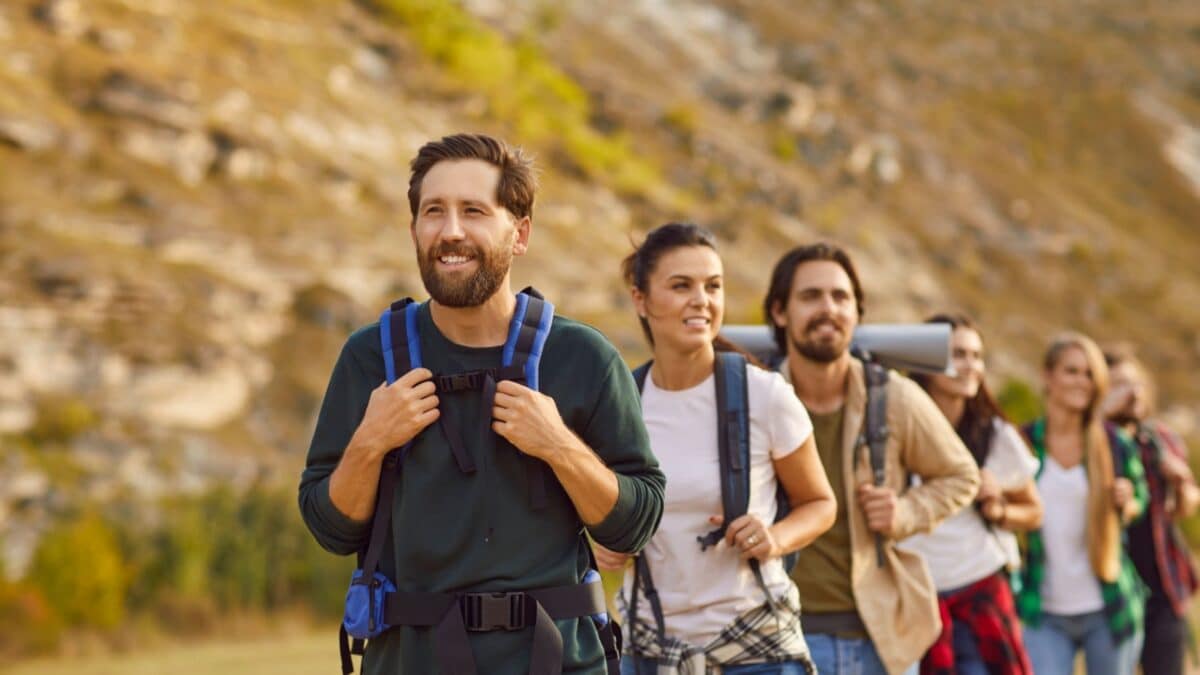
Hiking is awesome, but it can be a strenuous activity! Make sure you’ve got the basics down and some practice under your belt before going solo. Sign up for a training course to avoid major mishaps like twisted ankles or dislocated shoulders.
Some courses even teach you about local wildlife or plants you want to watch out for. My area is known for rattlesnakes and poison oak, so I’ve learned to identify signs for both.
Let Someone Know Where You Are and When You’ll Be Back

No one likes to think about serious disasters, but what if something goes wrong on your solo hike? The last thing you want is your family left in the dark, worrying about your whereabouts.
To stay safe, share your plans, backup plans, and expected timing with a trusted friend or family member. Sometimes, you can even share your live location through your cell phone–it’s not foolproof since you may lose reception, but if something unexpected happens, people will know the general area where you are and can alert the authorities. Besides, knowing someone’s got your back will give you peace of mind and make the adventure even more enjoyable.
Have a Physical Copy of the Trail Map
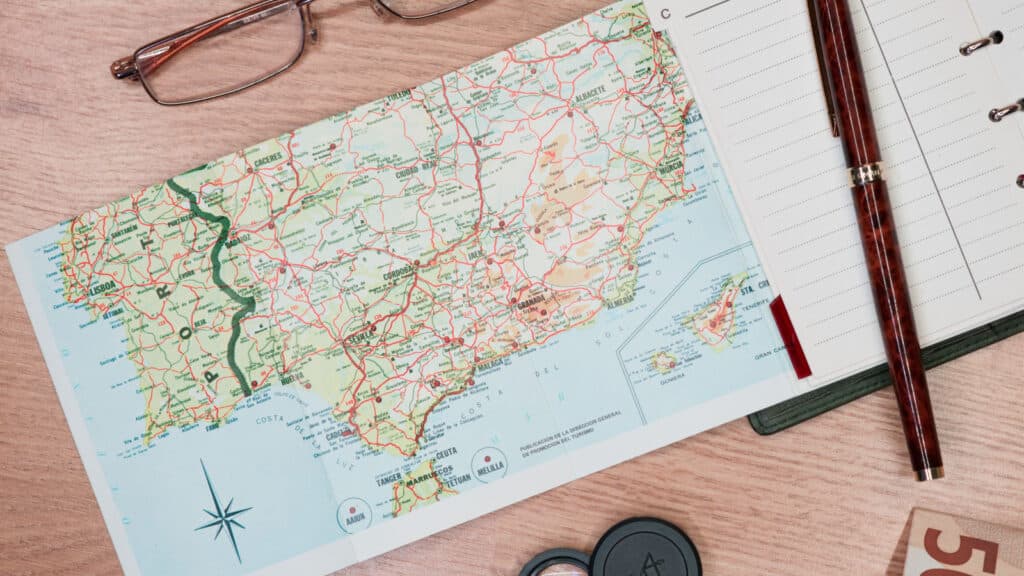
If you’re solo and your phone dies or loses service, what’s your plan? How do you know where to go? Don’t just rely on trailhead posts with a map on them, either. If you get stuck somewhere or lost, you may not be able to find the trailhead map. That’s why having a physical trail map is a must. Trails can shift due to weather or maintenance, and a real map will keep you on track even when tech fails.
Carry a Satellite Communication Device
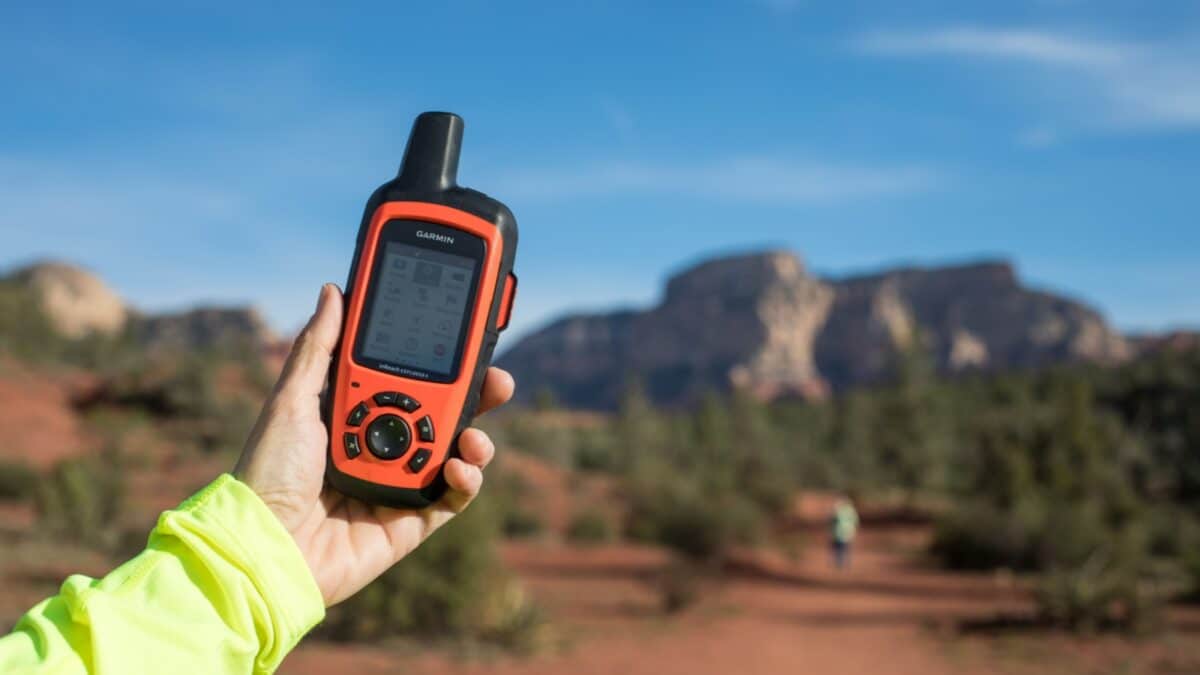
Even though I do solo hikes precisely to disconnect from technology, I know that having a way to always stay connected while I’m out in the wilderness is key for safety. You never know when a surprise emergency or extreme weather might cut your trip short.
If cost isn’t a big deal, a satellite communication device is worth its weight in gold. The Garmin InReach Mini offers 2-way texting even without cell service, while Zoleo is a solid, slightly cheaper alternative. Plus, some folks use their AllTrails Pro subscription’s “lifeline” feature as an excuse to hit the trails monthly—gotta justify that subscription somehow, right?
Bring Only What You Need and What Feels Comfortable

Most hikers heading out between late spring and early fall can fit everything in an 18- to 24-liter daypack. Look for one with extra pockets for essentials like keys, sunglasses, and snacks—mesh side pockets are perfect for water bottles and sunscreen. Bonus points if you can grab things without taking off the pack.
When packing, keep your center of balance in mind. Place the heaviest items, like water and food, close to your spine and near the middle of your back. This way, the pack won’t feel like it’s pulling you backward, keeping your hike comfortable.
Carry Enough Food and Water

I’ll never forget the long hike I went on, where I only packed trail mix for food. It was just a few hours, but boy, did I get sick of trail mix! Don’t be fooled by how much food and water you think you’ll need. Remember, you’re on your own out there. Bad weather, injuries, or getting lost can make your trip last longer than expected. So, pack enough to cover your bases.
A good rule is to have at least a liter of water per person for half a day, two liters for a few more hours, and even more on hot days. And don’t forget to eat! Bring snacks like chocolate, energy bars, or salty nuts and crackers for energy. And if you’re hiking for a long time, pack some lunch too.
Turn Back If Something Feels Off
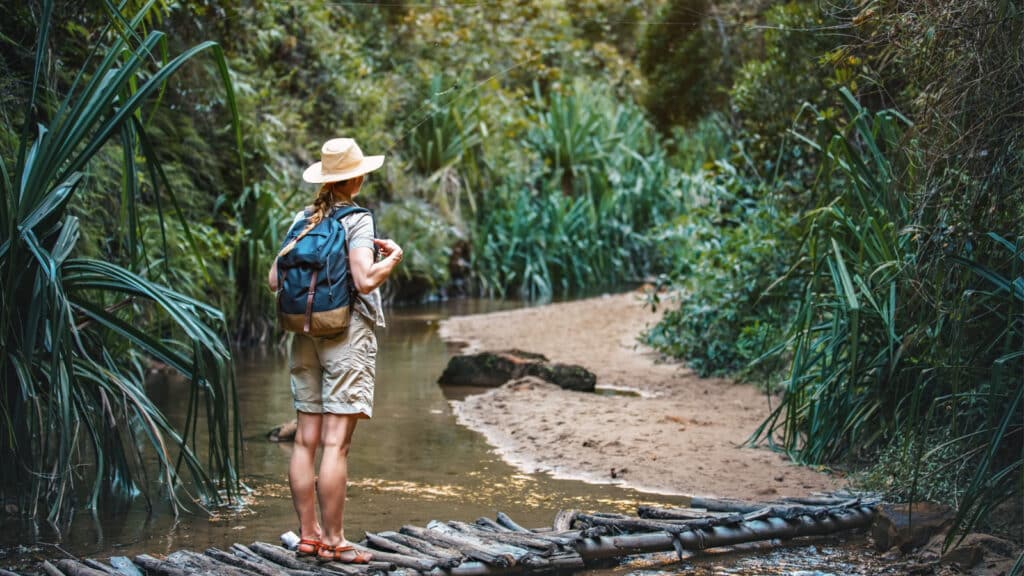
A lot of people think solo hiking is dangerous for women. The truth is that hiking alone can be risky for anyone. The best thing you can do is to trust your gut.
If something feels off, it probably is. It’s okay to turn back if you’re uncomfortable or feeling unsafe. Your safety is more important than anything else.
Bring a Bright Flashlight and Bear Spray

Some think female solo travelers should avoid hiking at night. But if you do, bring a bright flashlight and bear spray if you’re in an area with bears.
A flashlight is essential for navigating trails at night and spotting potential hazards. A powerful one, like your 360 lumens, can even deter wildlife. Bear spray is a non-lethal deterrent that can protect you from aggressive animals, especially bears.
Don’t Pick Campsites Near Road Crossings or Trail Heads

Avoid campsites near road crossings or trailheads—these spots can attract non-hikers up to no good. Instead, aim for a site at least 200 feet from the trail or water. Take your time to find that perfect, hidden spot with a great view.
As a solo woman, it’s even more important to pick a secluded campsite where you’re less likely to be disturbed.
Try to Befriend a Few Fellow Hikers
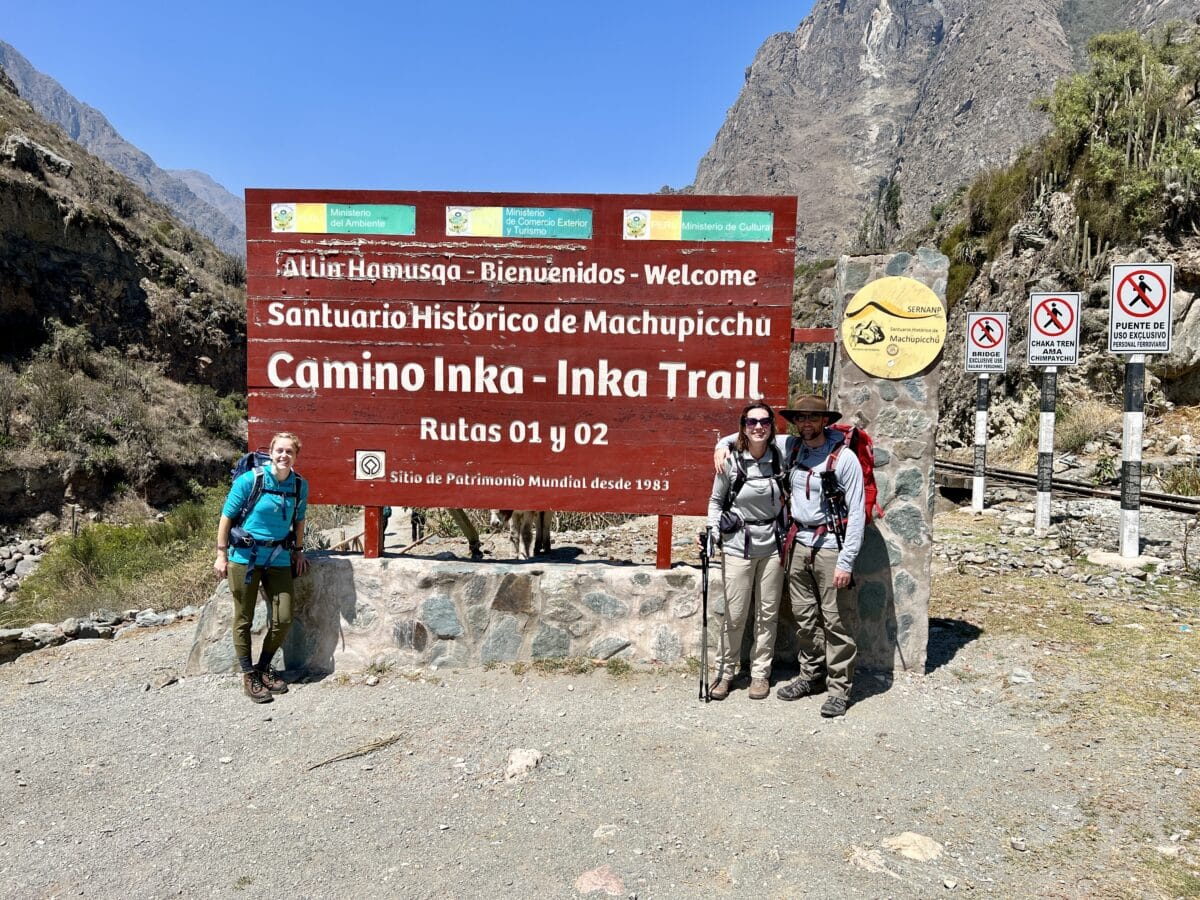
Thankfully, the trail community is pretty friendly, and most hikers are kind and open to striking up conversations. Trail people have most likely been in some hairy situations themselves, so they know what it’s like and are usually more than happy to help a fellow hiker. Getting to know people on your trail is like having a caring community around you. If something goes wrong, they can assist or alert others. A little connection can go a long way!
Set a Reasonable Timeline
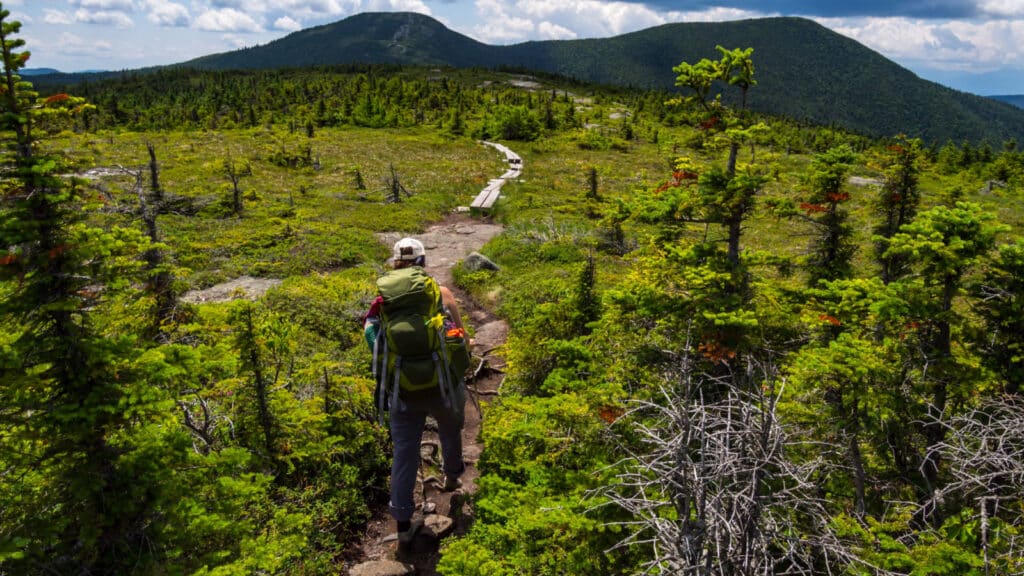
Hiking after dark can be dangerous due to decreased visibility, potential wildlife encounters, and the risk of getting lost. Physical exhaustion can also impair judgment and increase the risk of accidents.
Head out early and plan to turn around before dark. Set a turnaround time and stick to it if your hike runs long. Finishing early and safely is better than risking being out in the dark.
If You’re Going To Post on Social Media, Do It Responsibly

If you’re posting your hike on social media, consider delaying it. Real-time updates can reveal your location to strangers, which might put you at risk. In addition, many hikers argue that social media is “killing” trails by overexposing them.
Instead of geotagging specific spots, tag a broader area or skip the tag entirely. It’s not about hiding places—just keeping them a bit more private from casual photo-skimmers. Remember to be mindful of what you’re posting.
Source: Reddit
Hiking for Beginners: 10 Awesome Tips

Hiking allows you to unplug, explore the world around you and reach neigh heights – mentally and physically! In this guide, I run over some of the most important hiking tips to make your adventure safe and more fun – from bringing the right amount of water to wearing the right footwear.
Read more: Hiking for Beginners: 10 Awesome Tips
Dehydration Signs While Hiking (Surprising Causes)

Staying hydrated is essential when spending hours on the trail, and recognizing the signs of dehydration can make all the difference in maintaining your health and enjoyment during your adventure.
Read more: Dehydration Signs While Hiking (Surprising Causes)
How To Use Trekking Poles: The ULTIMATE Beginners Guide
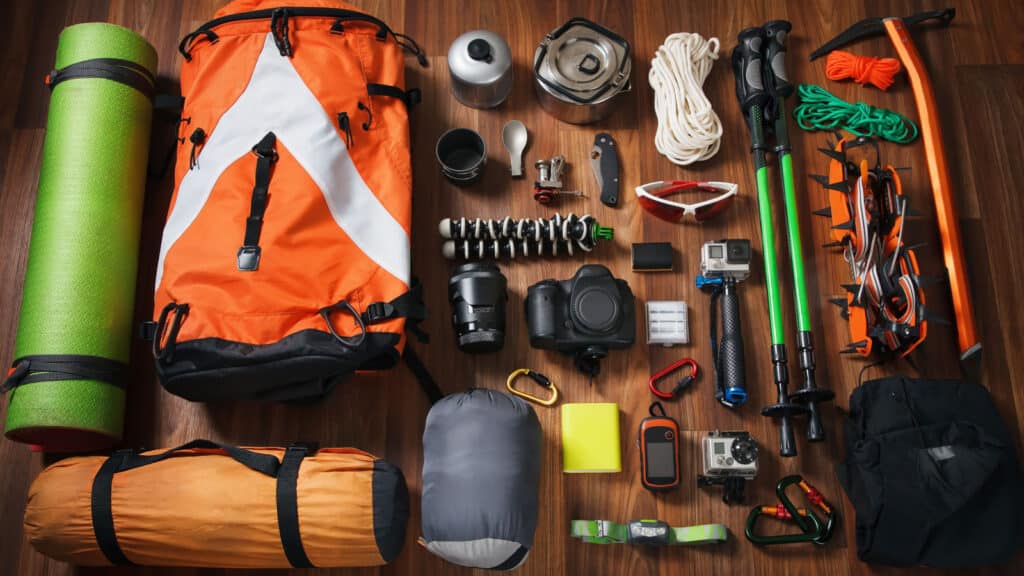
Heading out for a day hike or a backpacking trip and wondering if you should get a pair of trekking poles and how to use them correctly?
Read more: How To Use Trekking Poles: The ULTIMATE Beginners Guide


Cool